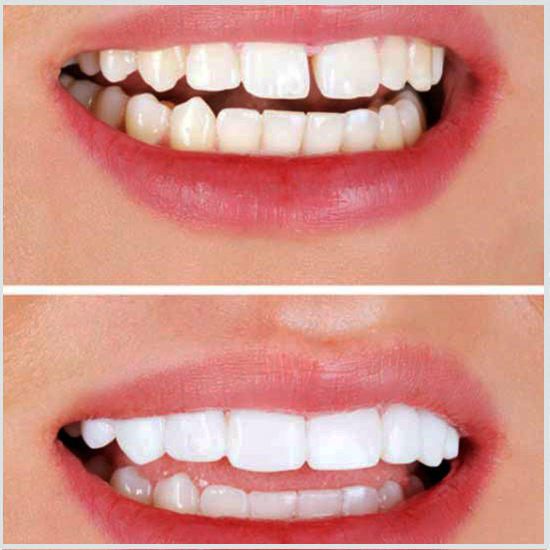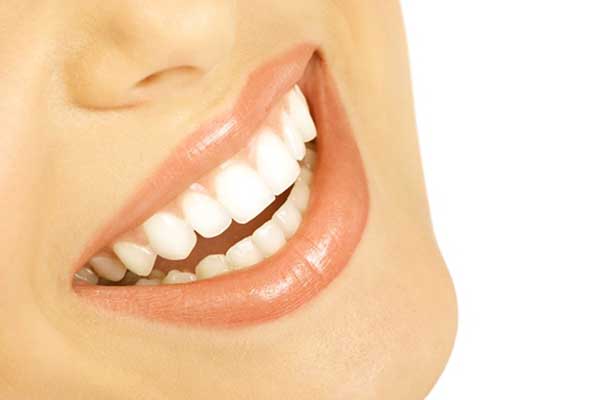Composite Bonding in Turkey
Dental aesthetics have become increasingly important in today’s society, with more people seeking solutions to enhance their smiles. Composite bonding is one such popular procedure that has gained traction for its ability to improve the appearance of teeth effectively. In this article, we will delve into the details of composite bonding in Turkey, exploring its advantages, procedure, and why Turkey has become a preferred destination for this treatment.
Introduction to Composite Bonding
Composite bonding, also known as dental bonding, is a cosmetic dental procedure aimed at enhancing the appearance of teeth by repairing minor imperfections such as chips, cracks, discoloration, or gaps. It involves the application of a tooth-colored composite resin material to the affected tooth or teeth, which is then sculpted, shaped, and polished to achieve a natural-looking result.
Composite Bonding in Turkey

Hospitalization
No required

Time in Turkey
3-5 DAYS

Procedure Time
1-2 hours

Accommodation
4/5* HOTELS

Transportation
PRIVATE DRIVER

Recovery
Immediate
Get a free consultation

Advantages of Composite Bonding
Cost-effectiveness
One of the primary advantages of composite bonding is its affordability compared to other cosmetic dental procedures such as veneers or crowns. Since it typically requires minimal tooth preparation and can often be completed in a single visit to the dentist, composite bonding offers a cost-effective solution for improving the appearance of teeth.
Minimally Invasive Procedure
Unlike procedures like crowns or veneers, which may require significant removal of tooth structure, composite bonding is a minimally invasive treatment. The dentist will only need to remove a small amount of enamel to prepare the tooth for bonding, preserving more of the natural tooth structure.
Natural Appearance
Composite resin materials used in bonding are customizable to match the color and texture of the natural teeth, resulting in a seamless and natural-looking smile. With the expertise of a skilled dentist, composite bonding can effectively hide imperfections while maintaining the aesthetics of the smile.
Types of Composite Bonding in Turkey
In Turkey, composite bonding procedures offer various options to address different dental concerns. Here are the types of composite bonding commonly performed in Turkey:

Direct Composite Bonding
Direct composite bonding is the most common type of bonding procedure performed in Turkey. In this method, the composite resin material is applied directly to the tooth surface and sculpted by the dentist to achieve the desired shape and appearance. Direct bonding is often used to repair chipped or cracked teeth, close gaps between teeth, or reshape misaligned teeth.

Indirect Composite Bonding
Indirect composite bonding involves the creation of custom-made composite restorations, such as inlays, onlays, or veneers, in a dental laboratory. These restorations are then bonded to the teeth during a separate appointment. Indirect bonding is typically used for more extensive dental repairs or to address aesthetic concerns such as severe discoloration or irregularities in tooth shape.

Composite Resin Veneers
Composite resin veneers are thin shells of composite material that are bonded to the front surface of the teeth to improve their appearance. Unlike porcelain veneers, which are fabricated in a dental laboratory, composite resin veneers can be directly applied and shaped by the dentist during a single appointment. They are an excellent option for enhancing the aesthetics of the smile, covering minor imperfections, and achieving a more uniform tooth color and shape.

Composite Fillings
Composite fillings are a type of dental restoration used to repair cavities or areas of tooth decay. The composite resin material is applied directly to the prepared tooth and shaped to restore its natural form and function. Composite fillings are tooth-colored and blend seamlessly with the surrounding tooth structure, providing a durable and aesthetically pleasing solution for restoring damaged teeth.

Composite Bonding for Tooth Recontouring
Composite bonding can also be used for tooth recontouring or reshaping to improve the overall appearance of the smile. By adding composite material to areas of the teeth or removing excess enamel, your dentist can enhance the symmetry, balance, and proportion of your smile, creating a more harmonious and attractive look.
Composite Bonding cost in turkey
| Procedure | Price (£) | Price (€) | Price ($) |
|---|---|---|---|
| porcelain crown cost / average cost of veneers | £144 | €160 | $184 |
| zirconia crown price / price of veneers per tooth | £195 | €217 | $248 |
| E.MAX® CROWN / dental crown cost | £240 | €266 | $305 |
| E.MAX® LAMINATE VENEER | £240 | €266 | $305 |
| composite veneers price | £240 | €266 | $305 |
| tooth crown cost | £195 | €217 | $248 |
| composite resin veneers cost | £240 | €266 | $305 |
The Process of Composite Bonding
Composite bonding is a multi-step process that involves careful preparation and precise application to achieve optimal results. Below is an outline of the typical steps involved in composite bonding:
1. Consultation and Examination
The first step in the composite bonding process is a consultation with your dentist. During this appointment, you’ll discuss your concerns and goals for treatment. Your dentist will examine your teeth, possibly taking X-rays or impressions to assess their condition and determine the best approach for bonding.
2. Tooth Preparation
Once a treatment plan is established, your dentist will begin preparing your teeth for bonding. This usually involves cleaning and roughening the surface of the tooth to ensure proper adhesion of the composite resin material. In some cases, a minimal amount of enamel may need to be removed to create space for the bonding material.
3. Composite Application
Next, the composite resin material will be applied to the prepared tooth or teeth. Your dentist will carefully sculpt and shape the composite to achieve the desired shape and appearance. Multiple layers of composite may be applied, with each layer being cured or hardened using a special light before the next layer is added.
4. Bonding and Shaping
Once the composite material is in place, your dentist will bond it to the tooth using a special adhesive. Any excess material will be trimmed and shaped to ensure a natural-looking result. Your dentist will also check your bite and make any necessary adjustments to ensure proper alignment and comfort.
5. Polishing
The final step in the composite bonding process is polishing. Your dentist will use fine polishing tools to smooth out the surface of the bonded teeth, giving them a glossy finish that closely resembles natural tooth enamel. This step helps to enhance the aesthetics of the bonded teeth and ensure a seamless blend with the surrounding teeth.
look at our services
Conclusion Composite Bonding in Turkey
Composite bonding in Turkey offers an excellent solution for individuals looking to enhance their smiles without breaking the bank. With its affordability, natural appearance, and quality dental care, Turkey has emerged as a popular destination for cosmetic dental procedures. Whether you’re dealing with chipped teeth, gaps, or discoloration, composite bonding can provide a quick and effective solution to restore your confidence and achieve the smile of your dreams.
FAQs Composite Bonding in Turkey
- Is composite bonding permanent?
- Composite bonding is not permanent and may need to be replaced or touched up over time, typically every 5-10 years depending on individual factors such as oral hygiene and lifestyle habits.
- Will composite bonding stain?
- While composite bonding is resistant to staining, it may still be susceptible to discoloration over time from certain foods, beverages, and smoking. It’s essential to maintain good oral hygiene and avoid habits that can cause staining.
- Is composite bonding painful?
- The composite bonding procedure is typically painless, as it involves minimal tooth preparation. However, some patients may experience slight sensitivity during or after the treatment, which usually subsides quickly.
- How long does composite bonding take?
- The duration of the composite bonding procedure depends on the number of teeth being treated and the complexity of the case. In most cases, it can be completed in a single visit to the dentist, lasting anywhere from 30 minutes to a few hours.
- Can composite bonding fix gaps between teeth?
- Yes, composite bonding can effectively close small gaps between teeth, improving the overall appearance of the smile.

We are dedicated to delivering the same level of exceptional service that we would personally expect to receive.
